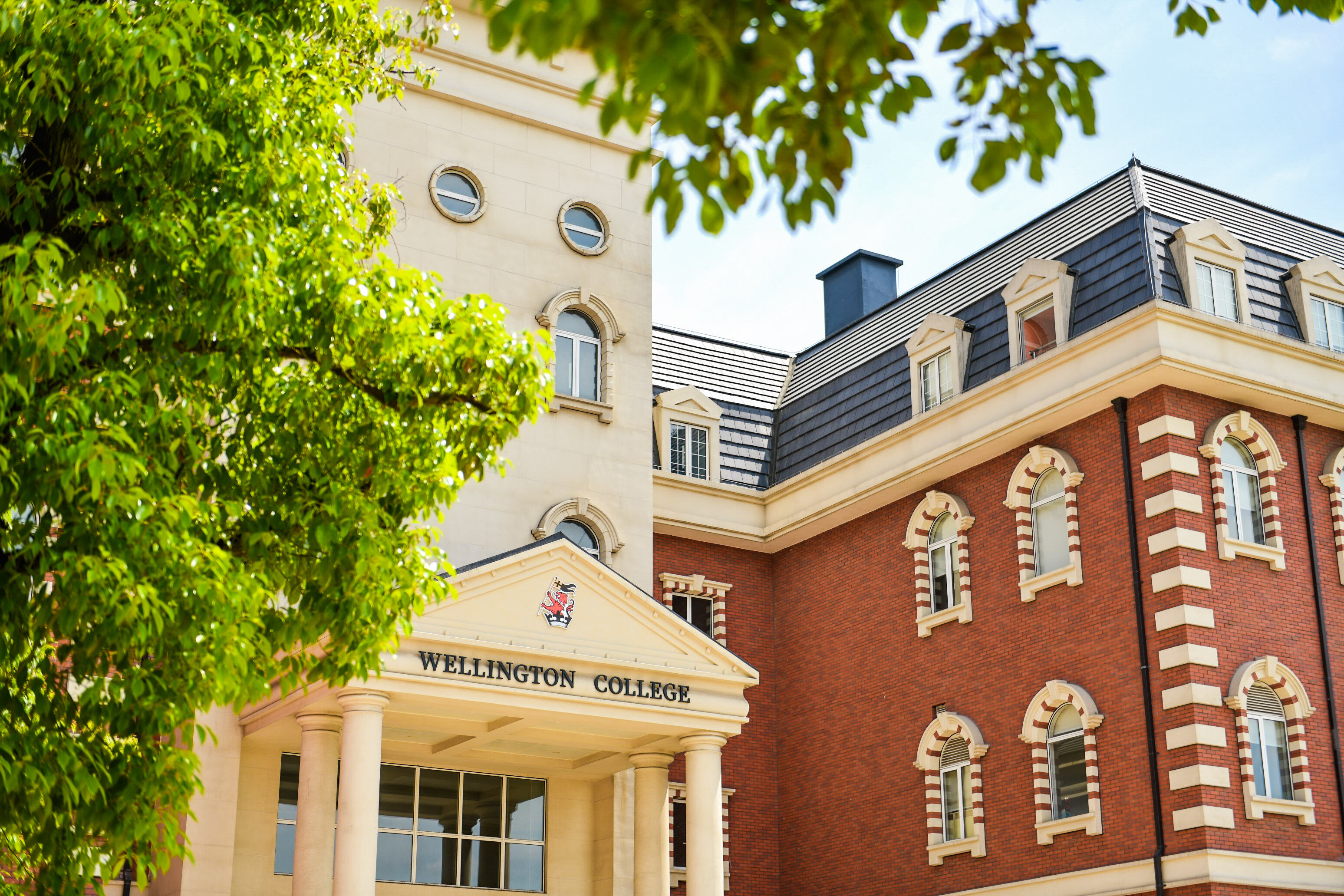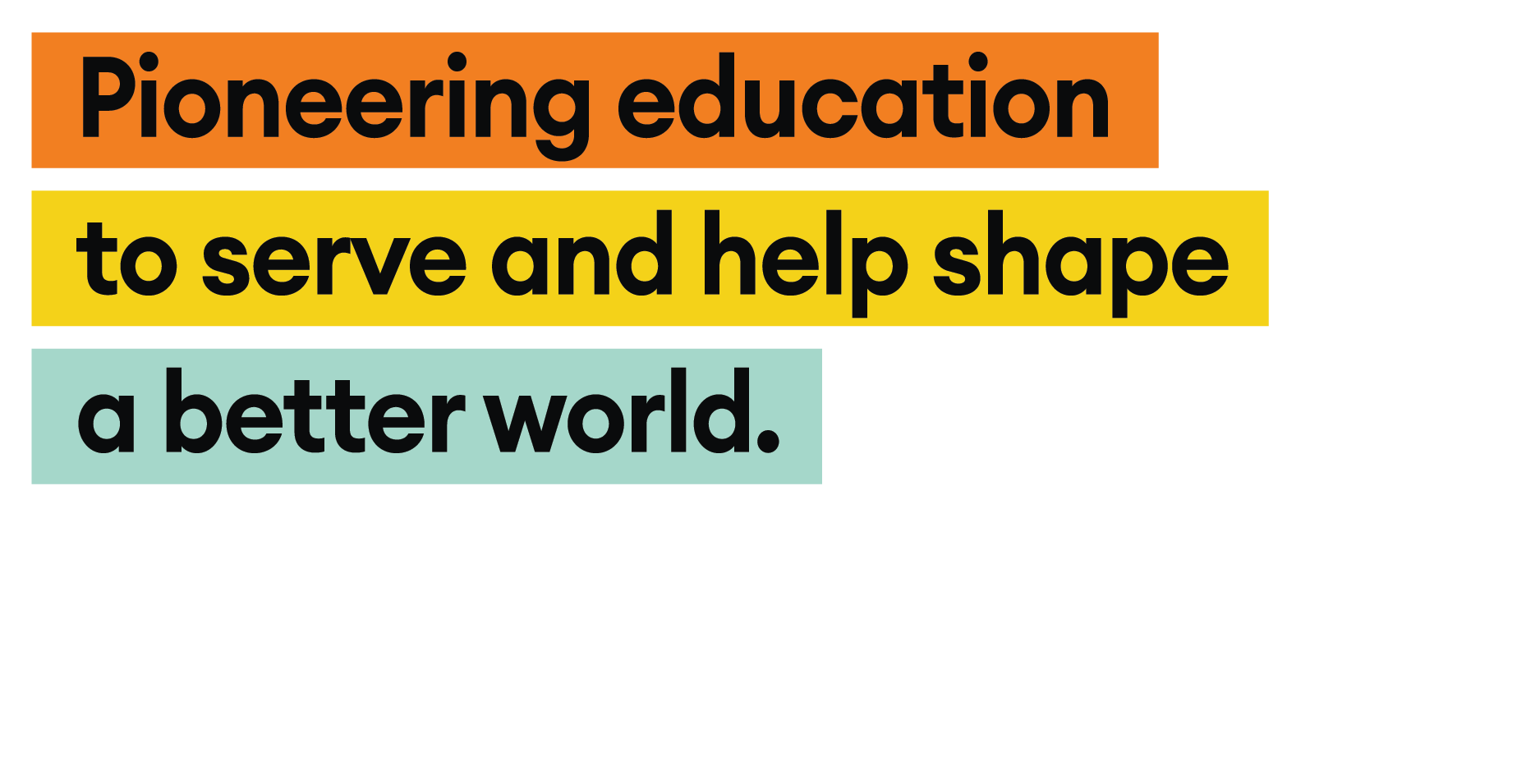October Adventures: Celebrating School Activities
As urbanisation continues to accelerate, the harmony between humans and nature has become increasingly vital. Guided by the philosophy of green development, our school encourages pupils to connect more closely with nature. Through eco-friendly crafts and direct engagement with plants, pupils explore and experience the natural world, fostering their ecological awareness and literacy. These activities not only help attendees develop a sense of environmental responsibility but also provide a platform for them to practice sustainable living and embrace their roles in protecting our planet for future generations.
Gardening
Gardening school activity guides pupils to explore the wonders of plants while learning cultivation skills and building a deeper connection with nature. Through hands-on planting and fun experiments, pupils will witness the magical transformation from seeds to blooming flowers or fresh vegetables. As they nurture their plants, they will not only experience the joy of growth and accomplishment but also develop a lasting love for the natural world and embark on a wonderful journey of discovery!
Gardening
(Vegetables & Fruit)
In the Gardening (Vegetables & Fruit) school activity, pupils participate in the entire planting process—from soil preparation and sowing to watering, fertilising, managing and finally flowering and harvesting. Through rich sensory experiences—observing plant colours, smelling flowers and fruit, touching soil and leaves, and listening to the sound of water—they fully appreciate the beauty of nature, enhance their well-being and enrich their campus life.
Floristry
Floristry school activity opens a door to creativity, allowing each attendee to express their inner emotions through flower arrangements. They systematically learn the use of floral tools, care for materials and master principles of colour coordination and design, while gaining insight into the cultural significance behind floral art. By shaping different flowers into specific forms, the activity guides participants to appreciate, discover and create beauty engagingly and educationally.
Nature follows its own colour patterns: each flower contains rich layers of colour, including variations in hue, saturation and brightness. For example, in hydrangeas, the elementary-level floristry introduces attendees to the 'language of colour', teaching them to extract natural colour information and combine it to inspire the colour schemes of their floral creations.
Attendees from Senior Schools not only created charming bouquets but also explored innovative design concepts. Breaking away from traditional circular or fan-shaped arrangements, they transformed carnations and other materials into 'three-dimensional sculptural units', combining them into creative dog-shaped designs. Using techniques like varying heights and overlapping layers, they turned two-dimensional ideas into stable three-dimensional works. This activity also emphasised texture: participants experienced the delicate petals of carnations, the resilient veins of leaves and the smooth firmness of decorative elements, enhancing the depth and liveliness of their creations through tactile contrasts.
Related Articles
















